Retro Replay Review
Gameplay
3 Ninjas Kick Back delivers classic side-scrolling platform action that harks back to the heyday of 16-bit adventures. You select one of the three titular siblings—Rocky, Colt or Tum Tum—each boasting a distinct weapon and set of moves. The foundational moveset (running, ducking, crawling, jumping, climbing and hanging) is smooth and responsive, making precision jumps and enemy encounters feel satisfying rather than frustrating.
(HEY YOU!! We hope you enjoy! We try not to run ads. So basically, this is a very expensive hobby running this site. Please consider joining us for updates, forums, and more. Network w/ us to make some cash or friends while retro gaming, and you can win some free retro games for posting. Okay, carry on 👍)
Each ninja’s unique attribute adds strategic depth. Rocky’s bo staff grants him a longer reach but slower recovery, Colt’s twin sai allow quick strikes at mid-range, and Tum Tum’s nunchaku combo excels in close combat. Switching characters between levels or revisiting stages offers new routes and hidden areas, encouraging replay for completionists seeking every scroll and collectible.
The stage design blends environmental challenges—spiked pits, collapsing platforms and swinging vines—with a steady parade of underlings and mini-bosses. Enemy AI remains predictable yet varied enough that you learn to time jumps as much as strikes. Boss battles punctuate each world with larger-than-life foes requiring pattern recognition and careful use of each ninja’s strengths.
Puzzles are modest in complexity but well integrated. You’ll shift levers, push crates and discover secret passages that open shortcuts or bonus rooms. These diversions enhance pacing and reward exploration rather than punishing mistakes, making the overall difficulty approachable for younger players without alienating veteran platformers.
Graphics
Visually, 3 Ninjas Kick Back employs colorful pixel art reminiscent of late-’90s console games. Backgrounds showcase layered forests, temple courtyards and moonlit village rooftops, each with parallax scrolling that adds depth. Enemy sprites and environmental hazards are clearly defined, ensuring you never mistake a harmless branch for a spiked trap.
Animation frames are fluid for the primary ninja moves, with each character’s special attack receiving a brief flourish. While secondary enemies exhibit simpler loops, the visual distinction between regular grunts and sub-bosses remains clear thanks to palette swaps and size variations. Cutscene art and title cards echo the movie’s promotional style, bridging the film tie-in with in-game aesthetics.
Lighting and color choices amplify mood—warm yellows in daytime village stages contrast starkly with cool blues and purples during stealthy night missions. Particle effects for breaking crates, dust puffs on landings and weapon clashes add polish without overwhelming the screen. Though not groundbreaking by modern standards, the graphics capture a nostalgic charm that suits the straightforward action.
Interface elements—health bars, life counters and weapon icons—are cleanly integrated at the top of the screen, staying out of the way yet always readable. The consistent design language across menus, dialogue boxes and HUD reinforces a cohesive visual identity from start to finish.
Story
The narrative premise is simple but motivating: an honorable old samurai’s treasured dagger has been stolen by a jealous rival, preventing the warrior from passing his prize to the next generation. You choose one of the three young ninjas to join the quest, each bringing personal style to the mission of restoring the dagger to its rightful owner.
Story beats are delivered sparingly between stages in brief text scrolls and animated title cards. While there’s no voice acting, the dialogue captures the spirit of the movie’s lighthearted banter, emphasizing teamwork and the respect owed to one’s elders. This minimal approach keeps the gameplay moving while ensuring you never lose sight of the overarching goal.
Stage environments often tie into the narrative: you’ll chase clues through bamboo forests, infiltrate a mountain dojo and confront the thief in a grand fortress. Finding scroll fragments and secret messages along the way reinforces the sense of progression, making each world feel connected rather than isolated.
Although the story doesn’t twist dramatically, it provides enough context to care about recovering the dagger. The final confrontation delivers a satisfying payoff, giving each ninja a moment to shine and ensuring the old samurai’s legacy is honored.
Overall Experience
3 Ninjas Kick Back offers a reliably fun platforming experience with a nostalgic presentation. Its tight controls, varied stages and distinctive character abilities combine to create a game that’s easy to pick up but challenging to master. Whether you’re aiming to clear levels quickly or uncover every hidden area, there’s a clear incentive to replay.
Certain elements, such as enemy variety and puzzle complexity, remain modest by today’s standards, and some players might find the pacing slightly repetitive after extended sessions. However, the approachable difficulty curve and generous checkpoint placement make it ideal for casual gamers and younger audiences discovering platformers for the first time.
From a technical standpoint, the graphics and sound design capture an era gone by without feeling dated. The pixel art remains charming, and the upbeat music tracks keep each world distinct. Small touches—like character-specific animations and cleverly designed boss arenas—help the game punch above its weight in visual flair.
Ultimately, 3 Ninjas Kick Back shines as a solid retro-style adventure for fans of movie tie-ins and classic platformers alike. Its blend of responsive gameplay, engaging level design and light, motivating story make it an easy recommendation for players seeking a family-friendly challenge that never overstays its welcome.
 Retro Replay Retro Replay gaming reviews, news, emulation, geek stuff and more!
Retro Replay Retro Replay gaming reviews, news, emulation, geek stuff and more!
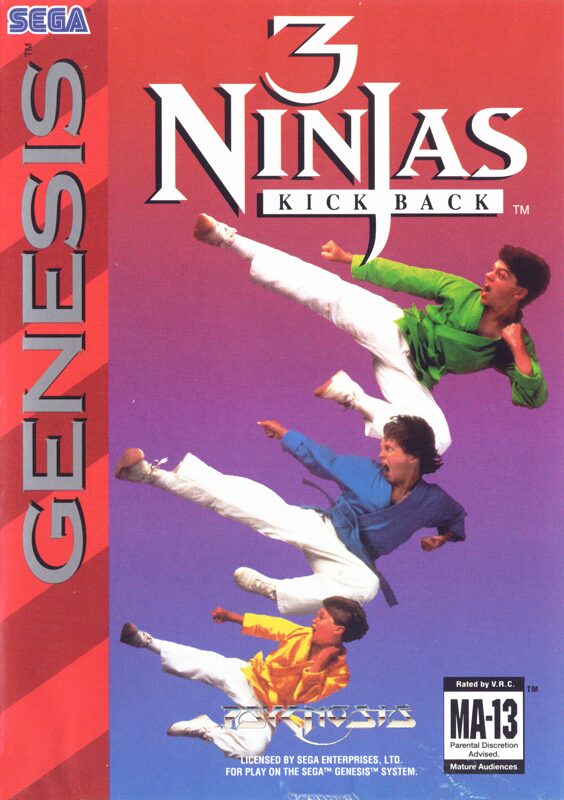
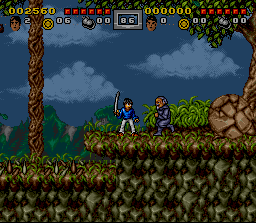
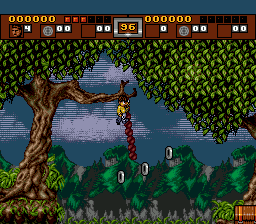
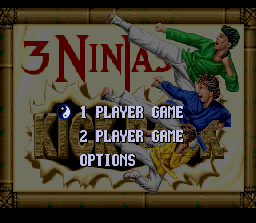
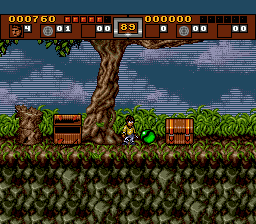
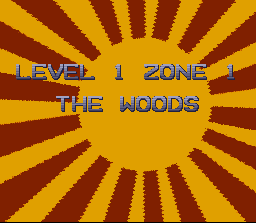



Reviews
There are no reviews yet.